Home>Garden Essentials>How Long Does It Take Soybeans To Germinate


Garden Essentials
How Long Does It Take Soybeans To Germinate
Published: December 16, 2023
Discover the ideal conditions and timeline for soybean germination in your garden. Learn how long it takes for soybeans to sprout and thrive.
(Many of the links in this article redirect to a specific reviewed product. Your purchase of these products through affiliate links helps to generate commission for Storables.com, at no extra cost. Learn more)
Introduction
When it comes to growing soybeans, understanding the germination process is crucial for a successful harvest. The germination period, which refers to the time it takes for soybean seeds to sprout, is influenced by various factors such as environmental conditions, seed quality, and planting practices. In this comprehensive guide, we will delve into the intricacies of soybean germination, exploring the factors that impact this vital stage of growth and providing valuable insights into optimizing the process. Whether you're a seasoned farmer or an enthusiastic gardener, unlocking the secrets of soybean germination can elevate your agricultural endeavors to new heights. So, let's embark on this enlightening journey into the world of soybean germination and discover the keys to fostering robust and bountiful soybean crops.
Key Takeaways:
- Soybean germination takes 4-10 days and is influenced by factors like soil temperature, moisture, seed quality, and weed pressure. Creating ideal conditions and proactive measures can speed up the process for a bountiful harvest.
- To speed up soybean germination, pre-soak seeds, monitor soil temperature, use seed treatments, maintain consistent moisture, plant at the right depth, control weeds, and sow at the optimal time. These strategies support healthy and rapid seedling emergence.
Factors Affecting Soybean Germination
Several critical factors play a pivotal role in influencing the germination of soybeans. Understanding these variables is essential for creating an environment conducive to successful germination. Let’s explore the key factors affecting soybean germination:
- Soil Temperature: The temperature of the soil significantly impacts soybean germination. Ideally, soybeans require a soil temperature of 55-60°F (13-16°C) for consistent and timely germination. Cooler soil temperatures can delay germination, while excessively high temperatures may hinder the process.
- Soil Moisture: Adequate moisture is crucial for initiating the germination process. Insufficient moisture can lead to delayed or uneven germination, while excessive moisture levels may cause seed rot or other issues. Maintaining balanced soil moisture is essential for optimal germination.
- Seed Quality: The quality of soybean seeds directly impacts germination success. High-quality seeds with good genetic traits and minimal damage are more likely to germinate uniformly and produce healthy seedlings. Proper seed storage and handling practices also contribute to maintaining seed viability.
- Seed Depth: Planting soybean seeds at the appropriate depth is critical for successful germination. Planting too shallow can expose seeds to fluctuating moisture and temperature levels, while planting too deep may hinder emergence. Finding the optimal planting depth is essential for promoting uniform germination.
- Seed-to-Soil Contact: Ensuring proper seed-to-soil contact during planting facilitates the absorption of moisture and enhances the germination process. Inadequate seed-to-soil contact can impede water uptake and delay germination, affecting overall crop establishment.
- Weed Pressure: Competition from weeds can negatively impact soybean germination and early growth. Managing weed pressure through effective weed control measures is essential for creating an environment where soybean seeds can germinate and thrive without undue competition.
By carefully considering and managing these factors, growers can significantly improve the likelihood of successful soybean germination, setting the stage for healthy and vigorous crop development.
Ideal Conditions for Soybean Germination
Creating optimal conditions for soybean germination is essential for maximizing seedling emergence and establishing a strong foundation for healthy crop development. By understanding and catering to the ideal germination requirements, growers can enhance the overall success of their soybean cultivation. Here are the key elements that contribute to the ideal conditions for soybean germination:
- Soil Temperature: As mentioned earlier, maintaining a soil temperature of 55-60°F (13-16°C) is ideal for promoting timely and uniform soybean germination. Monitoring soil temperature and ensuring it remains within the optimal range is crucial for facilitating the germination process.
- Moisture Management: Consistent soil moisture is vital for supporting germination. Adequate moisture levels, without waterlogging, enable seeds to imbibe water and initiate the germination process. Proper moisture management involves regular monitoring and adjusting irrigation practices as needed to maintain optimal soil moisture levels.
- Adequate Drainage: While maintaining sufficient moisture is crucial, ensuring proper drainage is equally important. Excessively wet conditions can impede germination and lead to issues such as seed rot. Implementing effective drainage measures helps prevent waterlogging, creating a favorable environment for seedling emergence.
- Optimal Planting Depth: Planting soybean seeds at the appropriate depth promotes uniform germination. Ensuring that seeds are placed at the recommended depth in the soil facilitates consistent seed-to-soil contact and shields them from temperature fluctuations, enhancing the likelihood of successful germination.
- Weed and Pest Management: Minimizing weed pressure and addressing potential pest threats before and during the germination period is crucial for safeguarding emerging soybean seedlings. Effective weed and pest management practices contribute to creating an environment where young soybean plants can thrive without undue competition or damage.
- Optimized Soil Structure: A well-structured soil provides an ideal environment for seedling emergence and root development. Ensuring proper soil tilth and addressing compaction issues promotes favorable conditions for soybean germination and early growth.
By meticulously attending to these ideal conditions, growers can foster an environment that nurtures robust and uniform soybean germination, laying the groundwork for a successful growing season and abundant harvest.
Soybeans typically germinate within 7-10 days when planted in warm, moist soil. Providing the right conditions, such as adequate moisture and temperature, can help speed up the germination process.
Germination Period for Soybeans
The germination period for soybeans, the duration from planting to the emergence of seedlings, typically ranges from 4 to 10 days under optimal conditions. However, several factors can influence the exact length of the germination period, making it essential for growers to monitor and understand the variables at play. Let’s explore the key aspects of the germination period for soybeans:
- Optimal Conditions: When soybeans are planted in well-prepared soil with adequate moisture and within the ideal temperature range, the germination period tends to be on the shorter end of the spectrum, often around 4 to 6 days. Favorable conditions promote rapid seed imbibition and subsequent emergence of seedlings.
- Environmental Factors: Fluctuations in environmental conditions, such as sudden temperature shifts or irregular moisture levels, can impact the germination period. Cooler soil temperatures or extended periods of dryness may prolong the germination process, leading to delayed emergence of seedlings.
- Seed Quality and Viability: The quality and viability of soybean seeds directly influence the germination period. High-quality seeds with good genetic potential and minimal damage are more likely to germinate swiftly, resulting in a shorter germination period compared to lower-quality seeds.
- Seed Depth and Soil Contact: Proper planting depth and adequate seed-to-soil contact play a role in determining the germination period. When seeds are planted at the recommended depth and in close contact with the soil, they are more likely to imbibe moisture efficiently, expediting the germination process.
- Monitoring and Evaluation: Regular monitoring of planted seeds and assessing their progress can provide valuable insights into the germination period. By observing the emergence of seedlings and identifying any irregularities, growers can adjust their practices and address potential issues that may impact germination.
Understanding the typical germination period for soybeans and the factors that influence it empowers growers to optimize their cultivation practices and support timely and uniform seedling emergence. By providing the necessary care and attention during this critical phase, growers can set the stage for robust soybean growth and development.
Tips for Speeding Up Soybean Germination
While the germination period for soybeans is influenced by various factors, there are several proactive measures that growers can take to expedite the process and promote swift and uniform seedling emergence. Implementing these tips can help accelerate soybean germination, setting the stage for robust crop establishment and vigorous early growth. Here are valuable strategies for speeding up soybean germination:
- Pre-Soaking Seeds: Pre-soaking soybean seeds in water for several hours before planting can kickstart the imbibition process, hastening the uptake of moisture and initiating germination upon sowing.
- Optimizing Soil Temperature: Ensuring that the soil temperature remains within the ideal range of 55-60°F (13-16°C) can expedite soybean germination. Utilizing temperature-monitoring tools and adjusting planting times accordingly can help create a favorable environment for rapid seedling emergence.
- Seed Treatment: Applying seed treatments, such as inoculants or fungicides, can protect seeds from pathogens and promote healthy germination, potentially reducing the time required for seedling emergence.
- Consistent Soil Moisture: Maintaining consistent soil moisture levels, especially during the critical early stages after planting, is essential for expediting soybean germination. Regular irrigation and moisture management practices can support rapid seed imbibition and germination.
- Proper Seed Placement: Ensuring that soybean seeds are planted at the appropriate depth and in optimal soil conditions promotes efficient water uptake and accelerates the germination process.
- Weed Control: Managing weed pressure before and during the germination period prevents competition for resources and creates an environment where soybean seeds can germinate and establish themselves without hindrance.
- Timely Planting: Sowing soybeans at the right time, considering both soil temperature and weather conditions, can contribute to faster and more uniform germination, maximizing the potential for successful crop establishment.
By incorporating these strategies into their soybean cultivation practices, growers can enhance the likelihood of expedited germination and foster a strong foundation for healthy and productive soybean crops.
Conclusion
Understanding the intricacies of soybean germination is paramount for achieving successful crop establishment and maximizing yield potential. By recognizing the factors that influence germination, creating optimal conditions, and implementing strategies to expedite the process, growers can set the stage for robust seedling emergence and vigorous early growth. The germination period, typically ranging from 4 to 10 days, is a critical phase that demands careful attention and proactive management.
Optimizing soil temperature, maintaining consistent moisture levels, and ensuring proper seed placement are foundational practices that contribute to expediting soybean germination. Additionally, proactive measures such as pre-soaking seeds, utilizing seed treatments, and implementing effective weed control further enhance the likelihood of swift and uniform seedling emergence.
By nurturing an environment that caters to the ideal conditions for soybean germination, growers can pave the way for healthy and productive crops. Timely and uniform seedling emergence sets the stage for robust plant development, ultimately leading to a bountiful harvest. As growers continue to refine their germination practices and adapt to evolving environmental conditions, the potential for optimizing soybean germination and crop productivity remains within reach.
In essence, the journey of soybean germination embodies the promise of new beginnings and the potential for abundant harvests. By embracing the art and science of germination, growers can unlock the full genetic potential of soybeans and cultivate thriving crops that contribute to the vitality of agricultural landscapes.
As we embark on this journey of nurturing soybean seeds into flourishing plants, may our commitment to understanding and enhancing the germination process yield fruitful rewards and sustain the legacy of agricultural excellence for generations to come.
Frequently Asked Questions about How Long Does It Take Soybeans To Germinate
Was this page helpful?
At Storables.com, we guarantee accurate and reliable information. Our content, validated by Expert Board Contributors, is crafted following stringent Editorial Policies. We're committed to providing you with well-researched, expert-backed insights for all your informational needs.
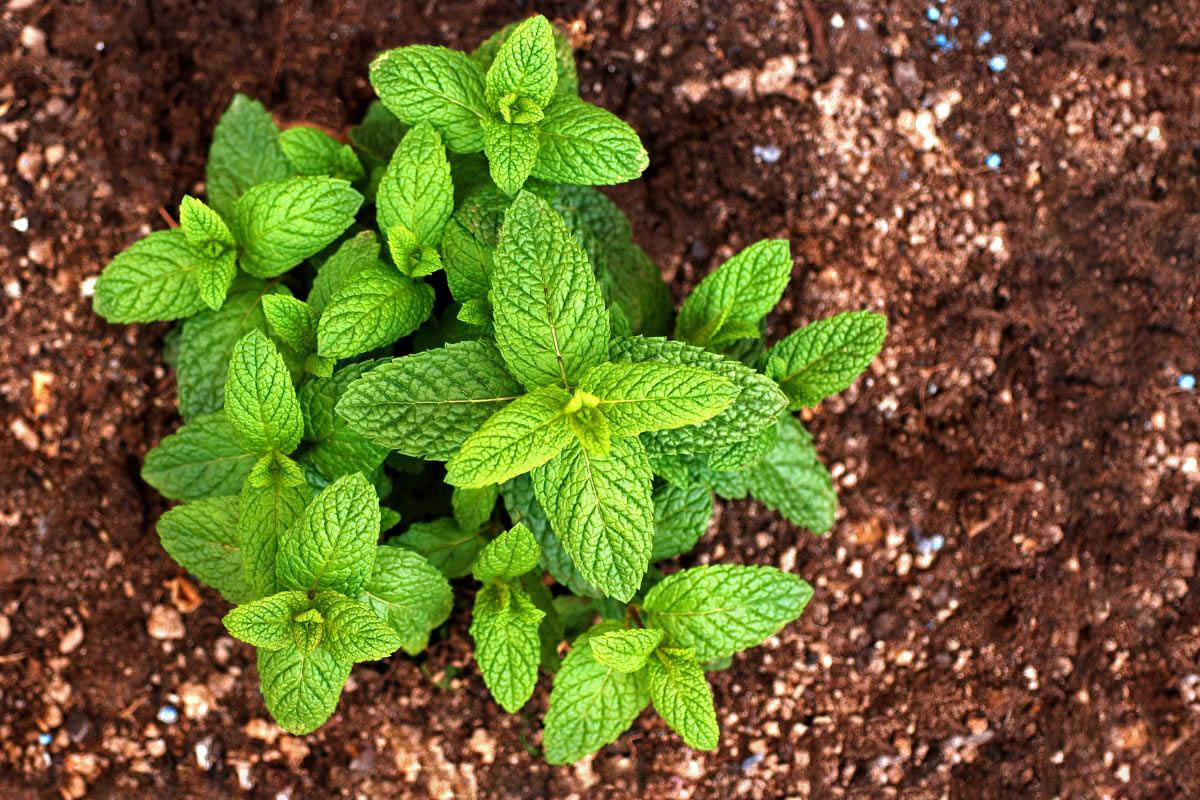


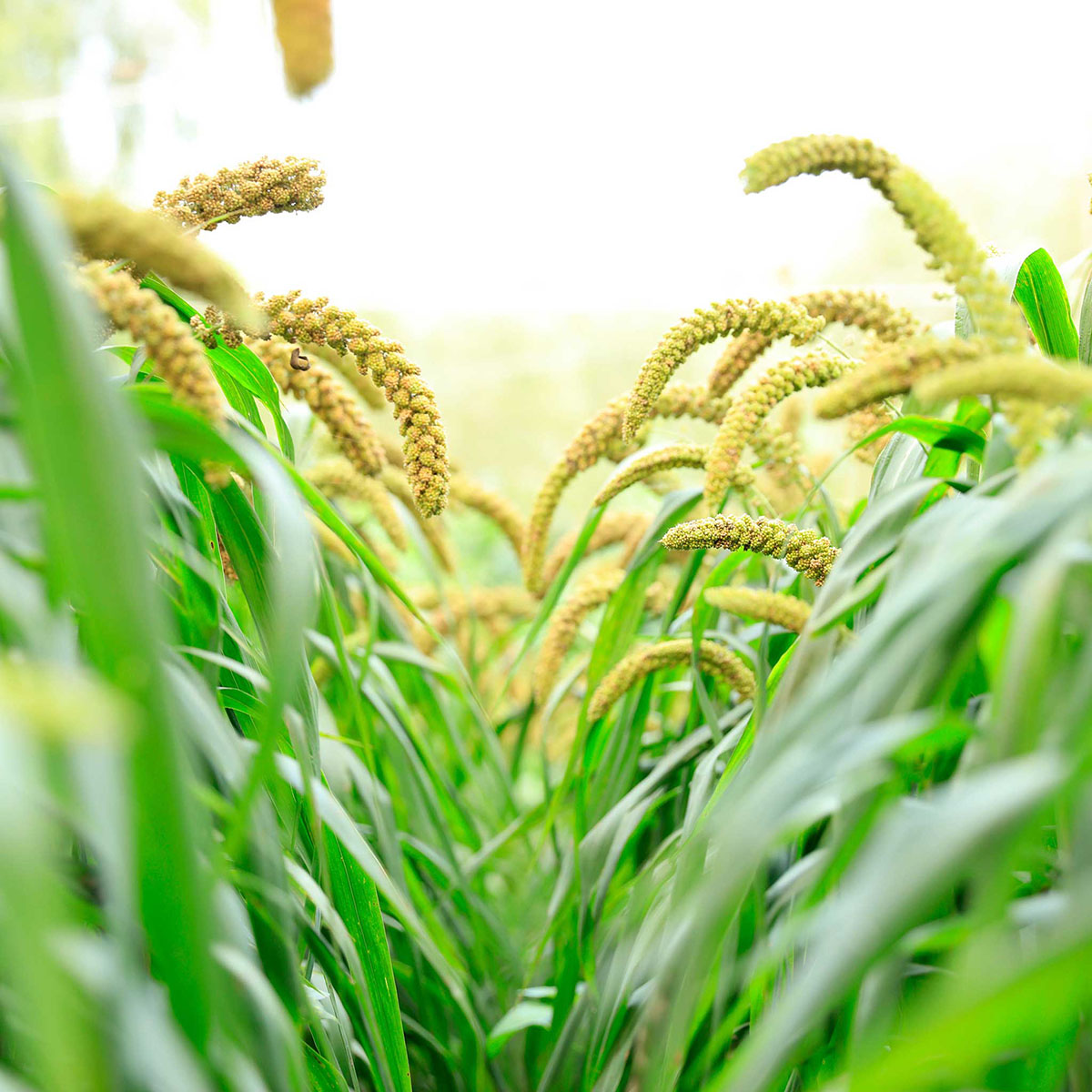
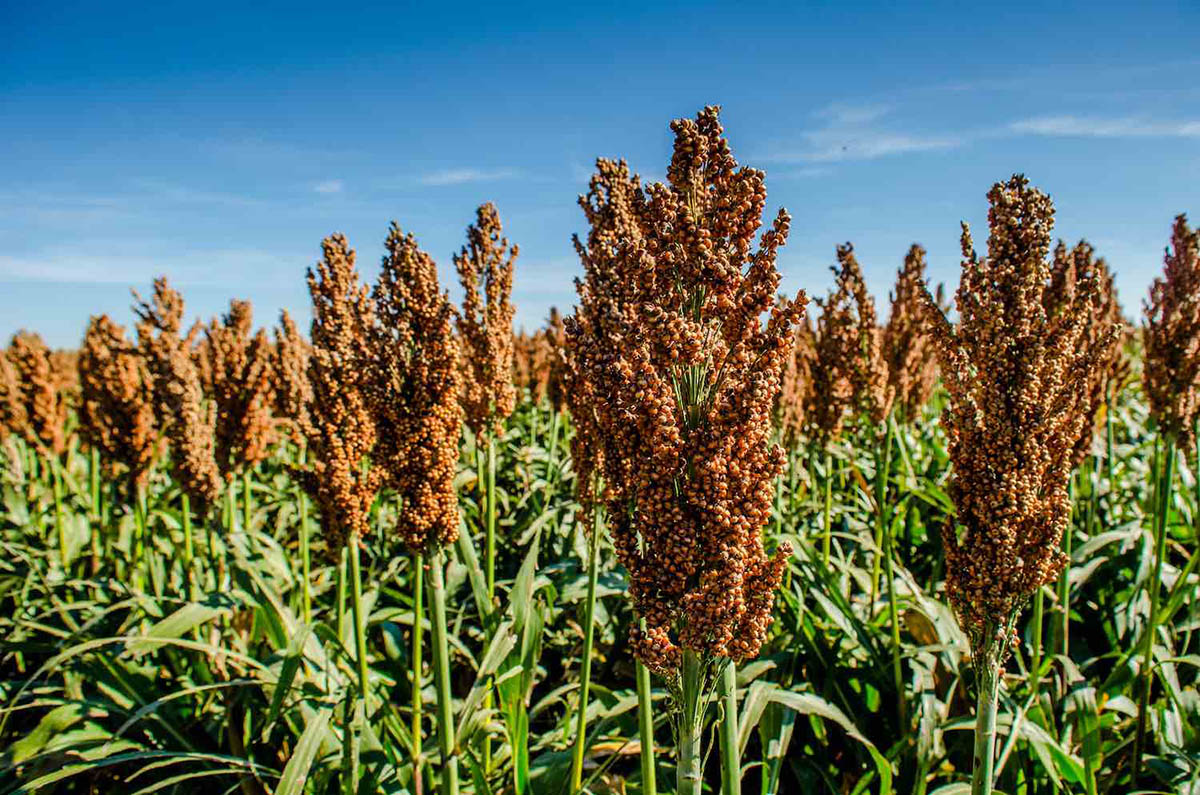

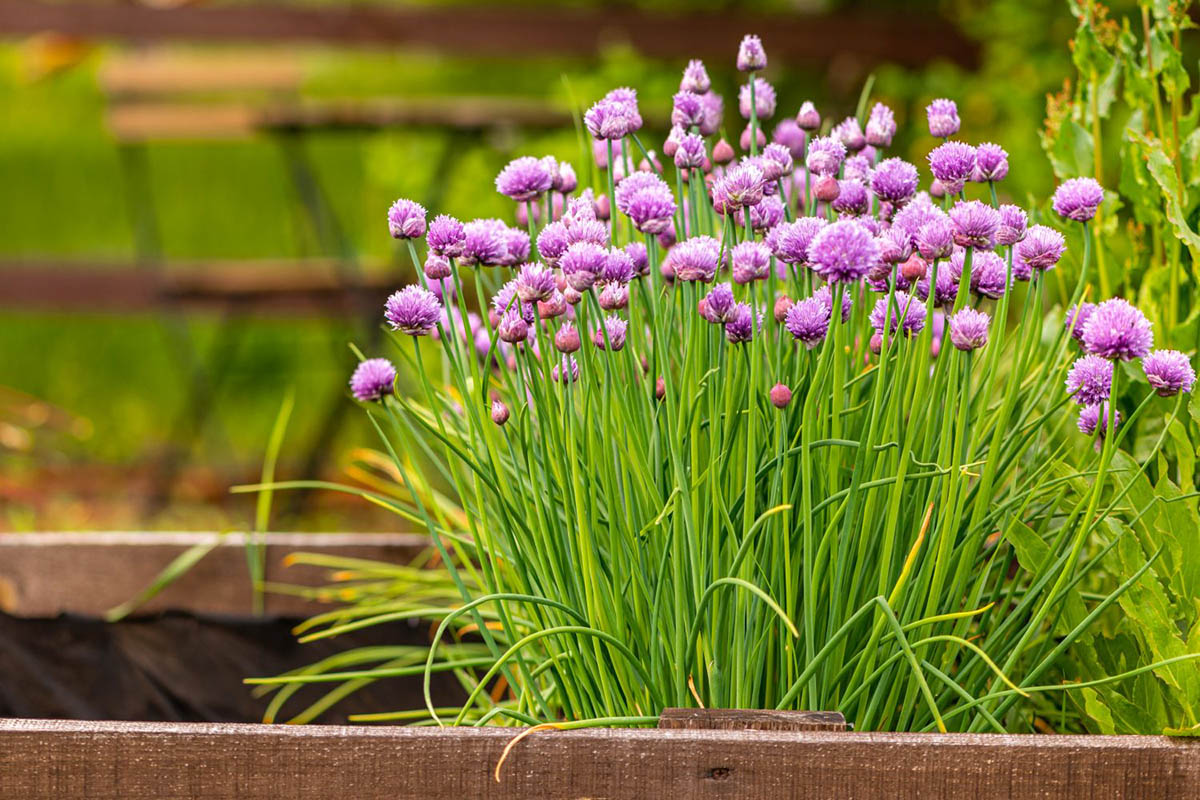
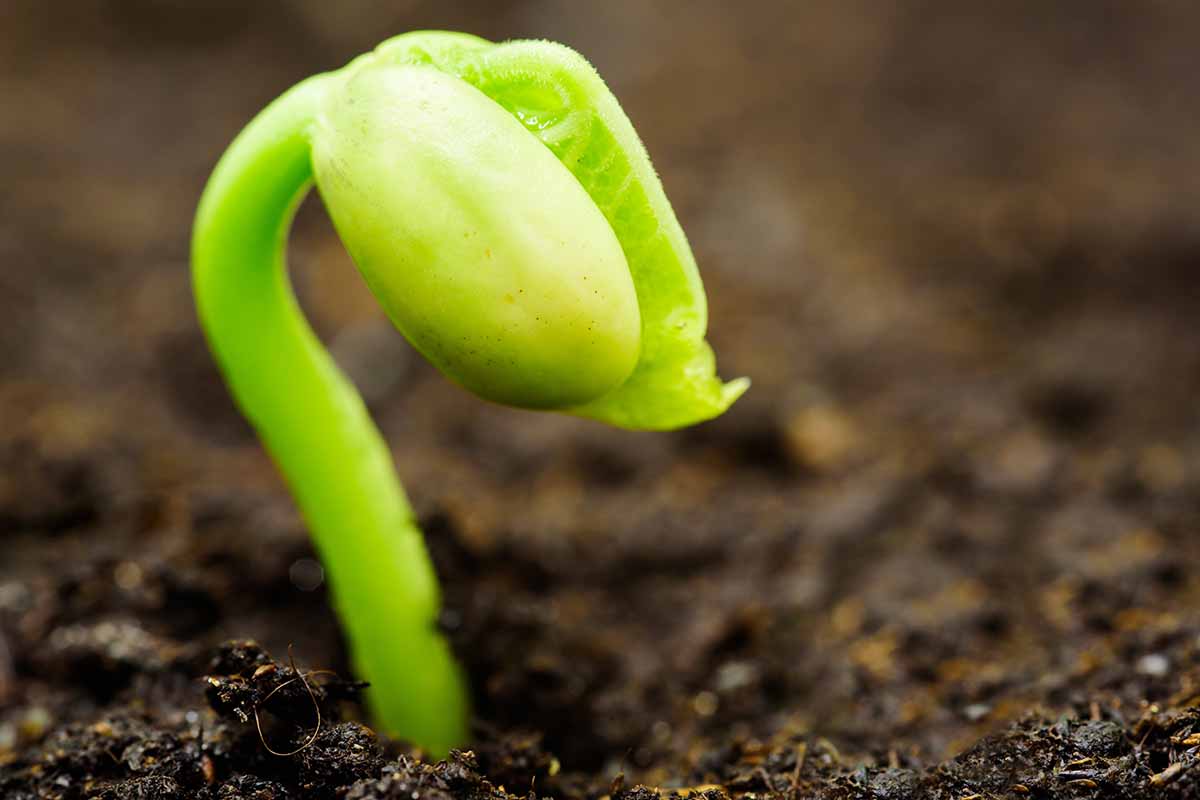

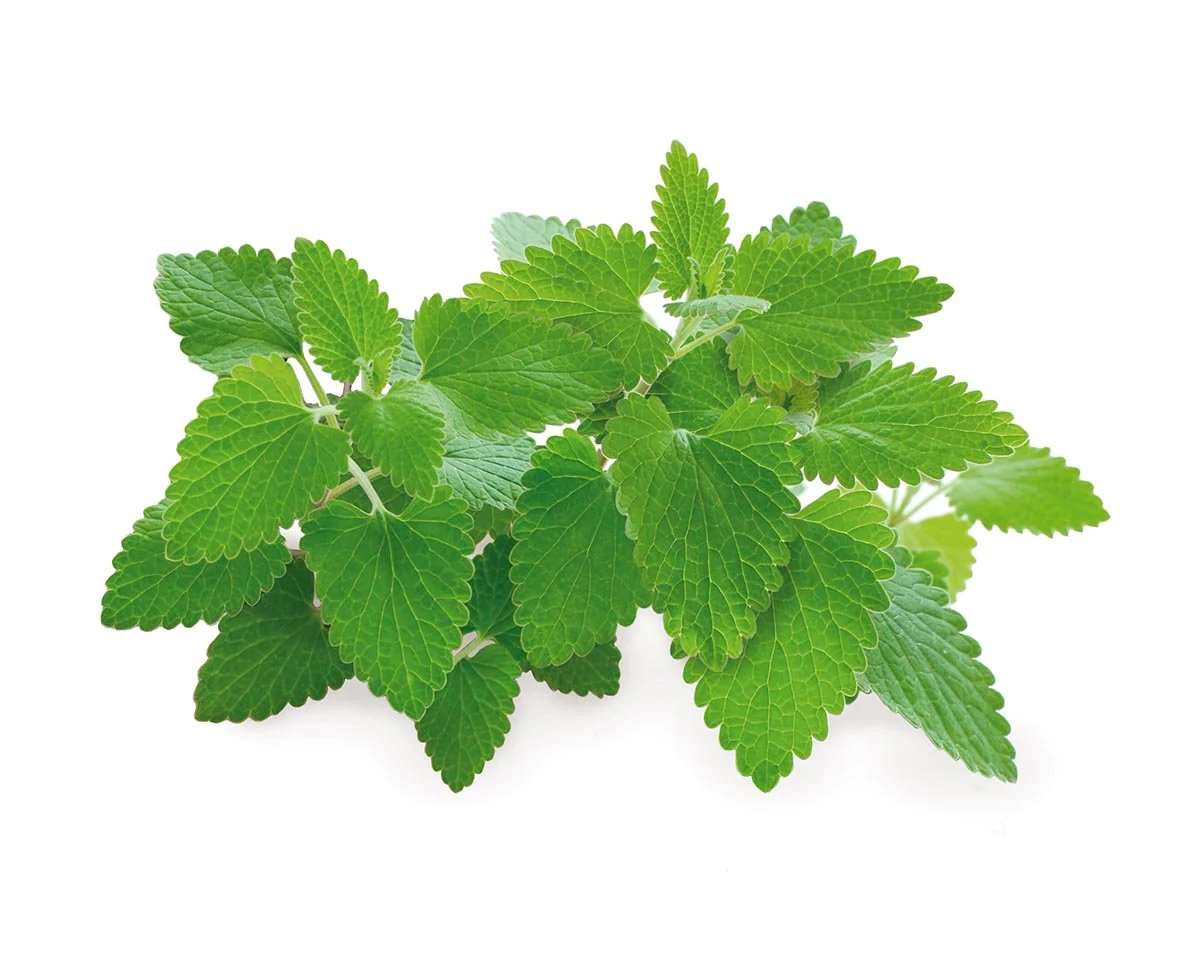
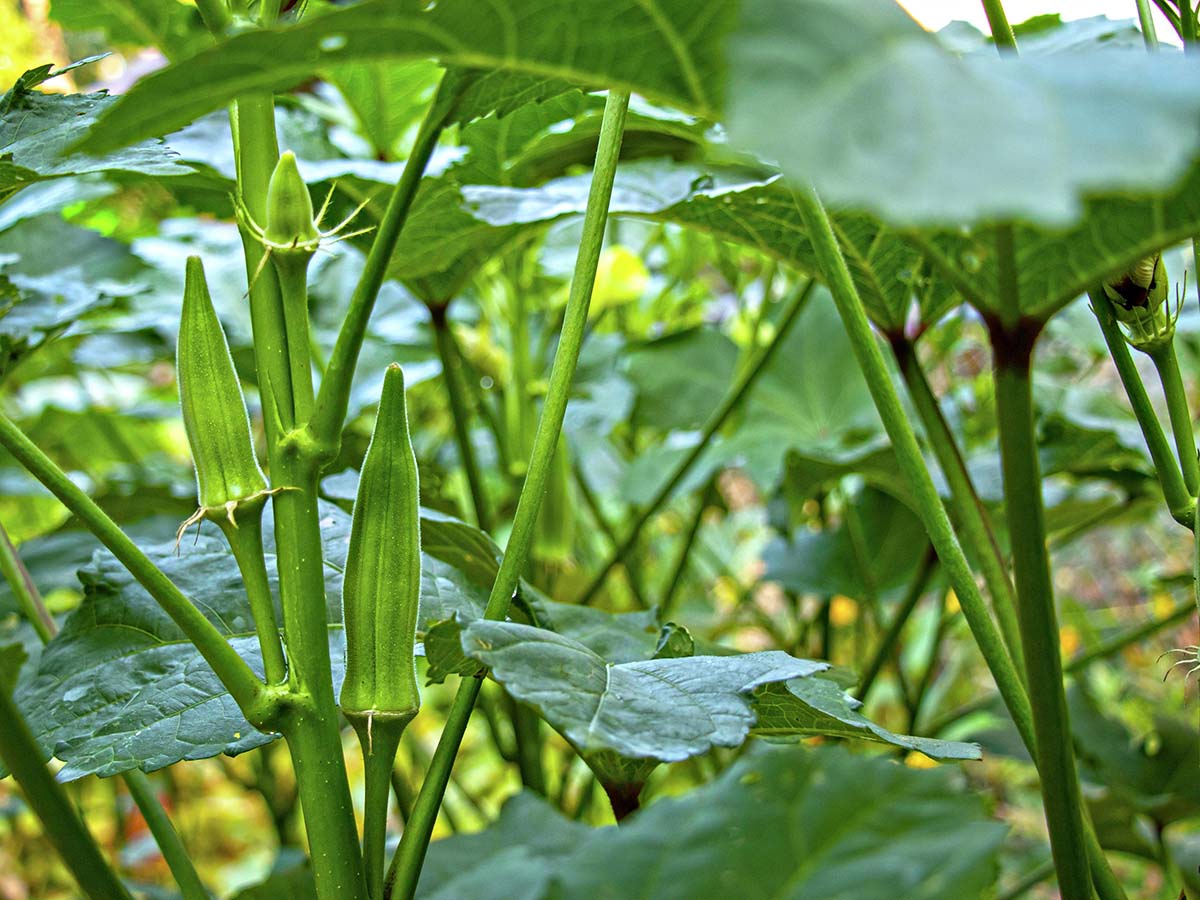
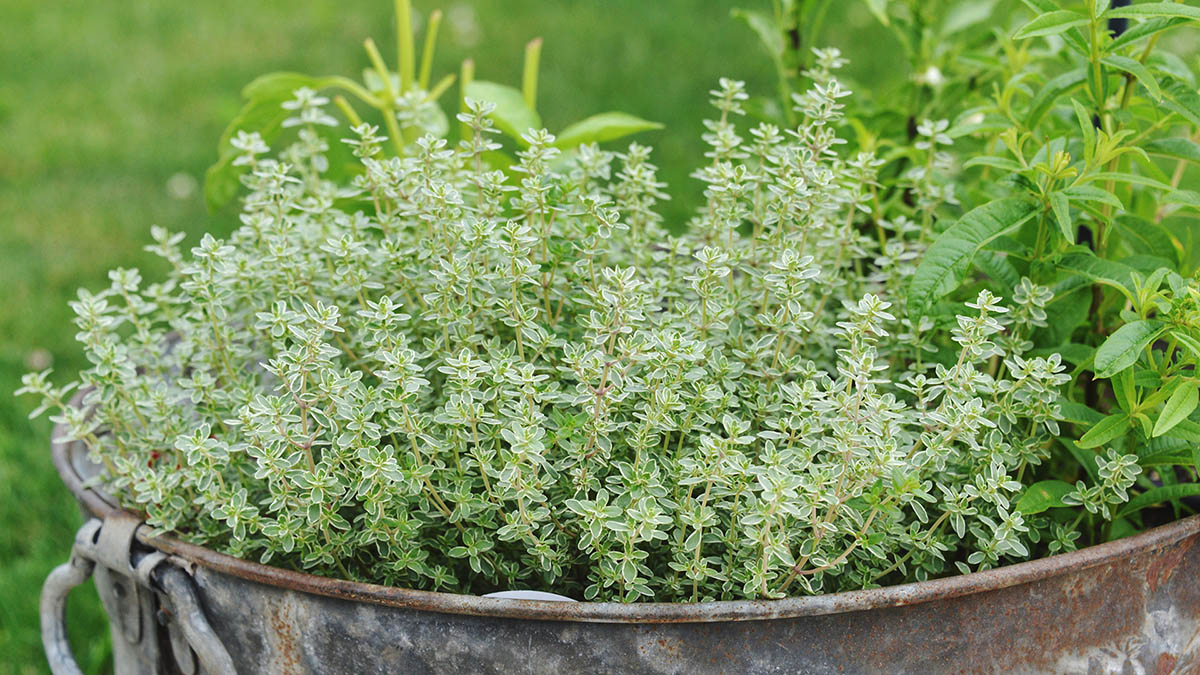

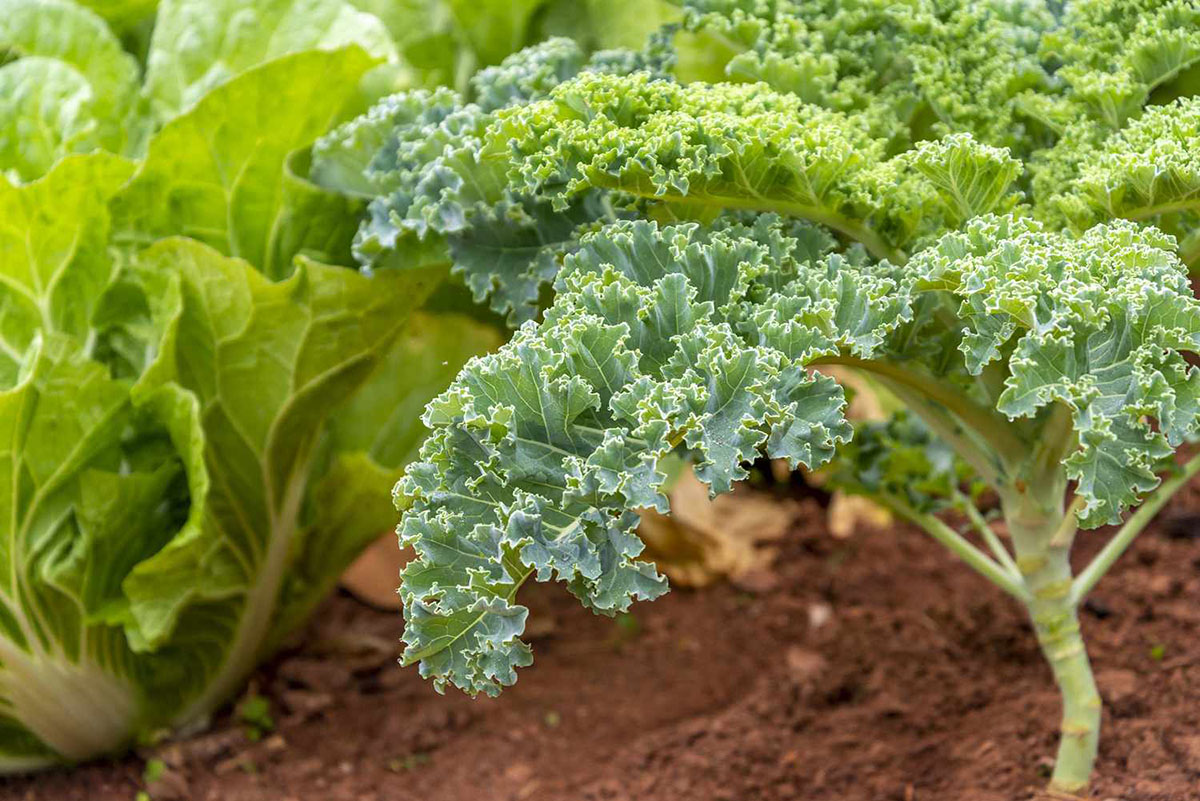

0 thoughts on “How Long Does It Take Soybeans To Germinate”